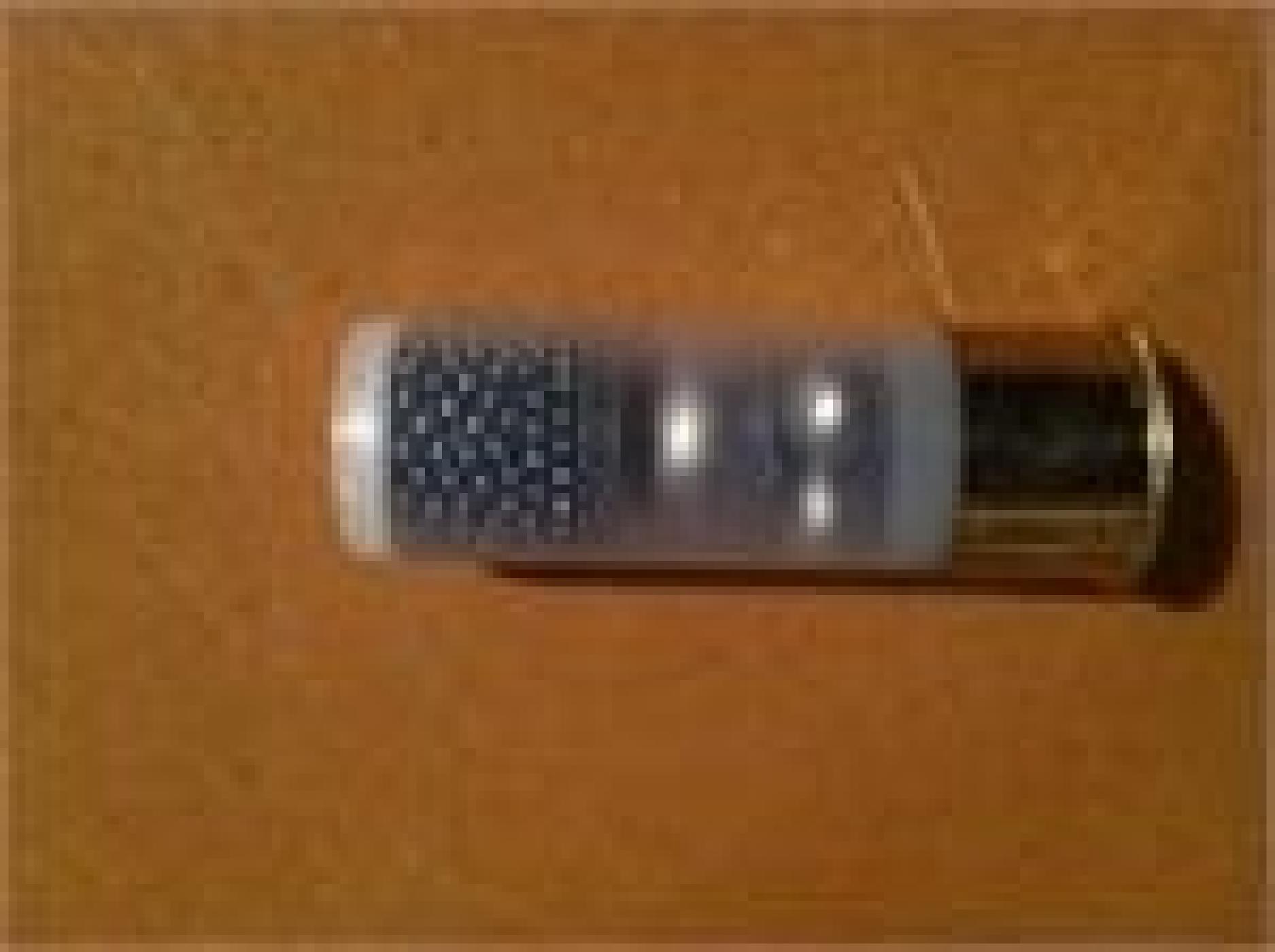Hatchet_Jack
Gold Member
- Joined
- Sep 18, 2022
- Messages
- 2,489
I Like your daughter’s town!Those Kibler's are impressive, I just took a look at his site.
Looking forward to finishing the pistol, he takes things seriously and I get reminded if we don't clean his lever gun after a few shots out back. He'll love the extra maintenance on a muzzleloader. He calls me out if I start to put anything away without at least running a boresnake down the barrel..."Dad you said we should clean them every time"!
Both my kids are old souls in a lot of ways and like anything frontier or old west. Flintlocks and tomahawks are my son's thing. My daughter wants to build a town where everyone has to ride a horse to go anywhere, no cars. Sounds good to me!
Please post up photos when your son’s gun is done. Sounds like he will fit right in to the ML community.
I sometimes watch videos on YouTube by a flintlock group call Folk firearms collective. They’re a flintlock group in MT. Might be around your way?




